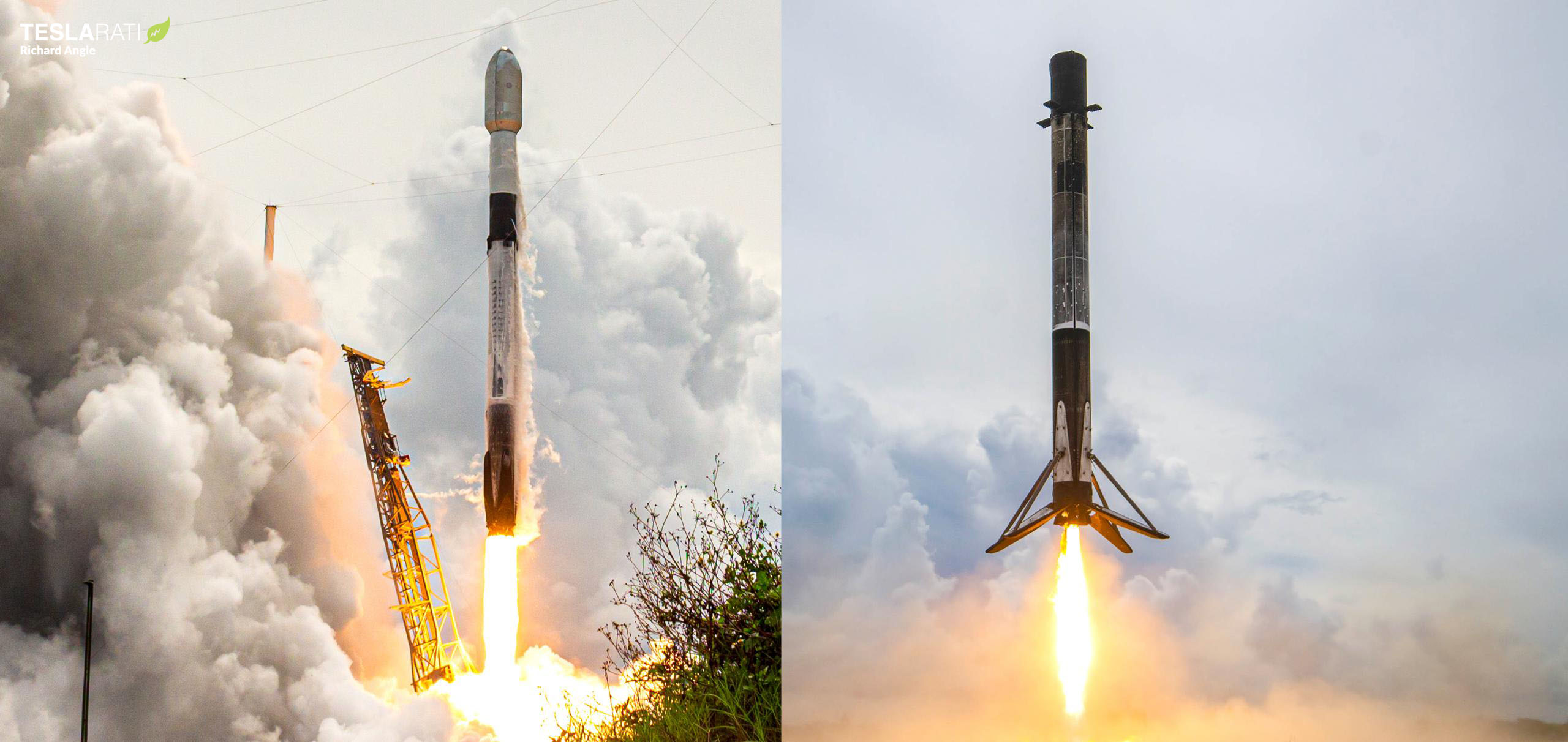SpaceX is in the final stages of preparing a trio of Falcon 9 rockets for a set of launches scheduled less than two days apart.
The potential hat trick will likely be the last opportunity for a salvo of Falcon launches before the end of 2022. As a disclaimer, while unofficial launch dates (derived from regulatory documents or well-sourced public manifests) were consistently close to actual launch dates for most of 2022, that ceased to be the case when SpaceX began experiencing an abrupt uptick in launch delays over the last two months. As a result, Falcon launch dates – even once confirmed by SpaceX – should be assumed to be a bit more uncertain than usual until it’s clear that that trend has died down.
Nonetheless, all available signs indicate that SpaceX and its customers are moving forward with plans for three back-to-back launches before the end of the week.
The update that's rolling out to the fleet makes full use of the front and rear steering travel to minimize turning circle. In this case a reduction of 1.6 feet just over the air— Wes (@wmorrill3) April 16, 2024
Set to kick off the diverse trio is the Surface Water and Ocean Topography (SWOT) spacecraft, a roughly $1.2 billion joint mission between NASA and French space agency CNES. Thanks in part to the COVID pandemic, which has and continues to impact large swaths of NASA and the aerospace industry, NASA’s Jet Propulsion Laboratory completed its portion of SWOT around 9% over budget and eight months behind schedule [PDF] since mission formulation began in 2012. Over a similar time scale, several other NASA missions have experienced cost increases of 10-100%, generally reflecting well on SWOT’s management.
SWOT, a roughly two-ton (~4400 lb) satellite, is designed to conduct the first global survey of all surface water on Earth using two large synthetic aperture radar (SAR) antennas and a conventional radar altimeter. At a cost of roughly $112 million, a SpaceX Falcon 9 rocket is scheduled to launch SWOT to low Earth orbit (LEO) no earlier than (NET) 3:46 am PST (11:46 UTC) on Thursday, December 15th. SpaceX successfully tested SWOT’s Falcon 9 well in advance on December 10th. The rocket was then returned to the company’s hangar at Vandenberg Space Force Base (VSFB) Space Launch Complex 4E for payload installation before rolling back to the pad on December 13th.
The light satellite and low target orbit will allow Falcon 9’s booster to return to the launch site and land at SpaceX’s LZ-4 landing zone, precluding the need for a drone ship recovery.
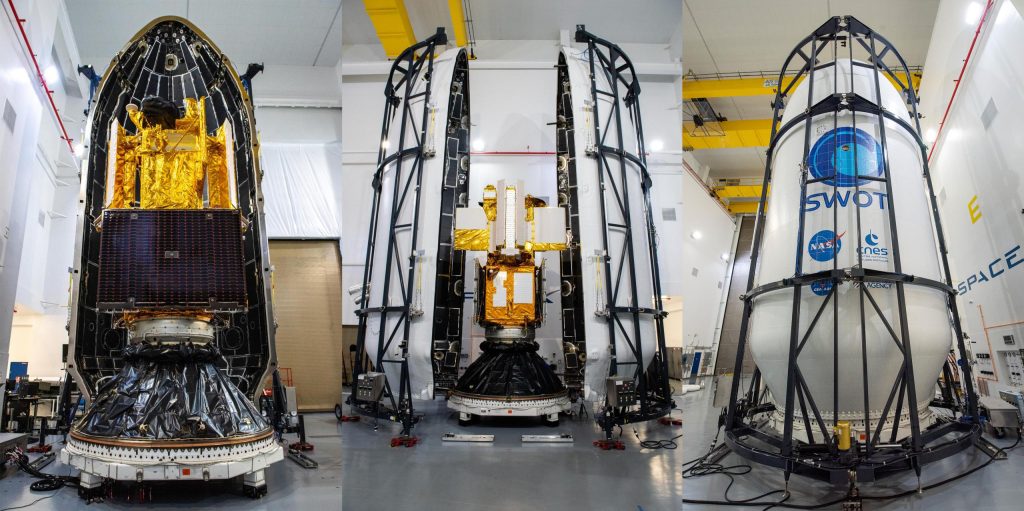
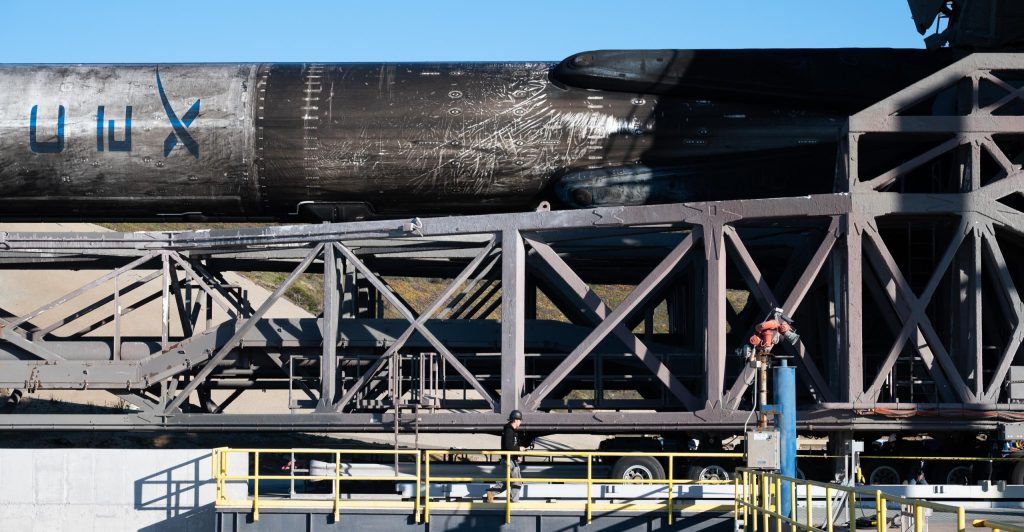
Up next, another Falcon 9 rocket is scheduled to launch the first two of eleven Boeing-built O3b mPOWER communication satellites for operator SES as early as 4:21 pm EST (21:21 UTC), Friday, December 16th. After lifting off from SpaceX’s Cape Canaveral Space Force Station (CCSFS) LC-40 pad, Falcon 9 is set to launch the roughly 3.4-ton (~7500 lb) pair of satellites to a medium Earth orbit (MEO) with an altitude of 7825 kilometers (4862 mi).
It’s unclear what orbit Falcon 9 will launch the satellites to, but the rocket’s booster will land on drone ship A Shortfall of Gravitas (ASOG) some 700 kilometers (~435 mi) downrange, indicating that it will need as much performance as the rocket can give. ASOG departed Port Canaveral on December 11th, confirming that launch preparations are well underway.
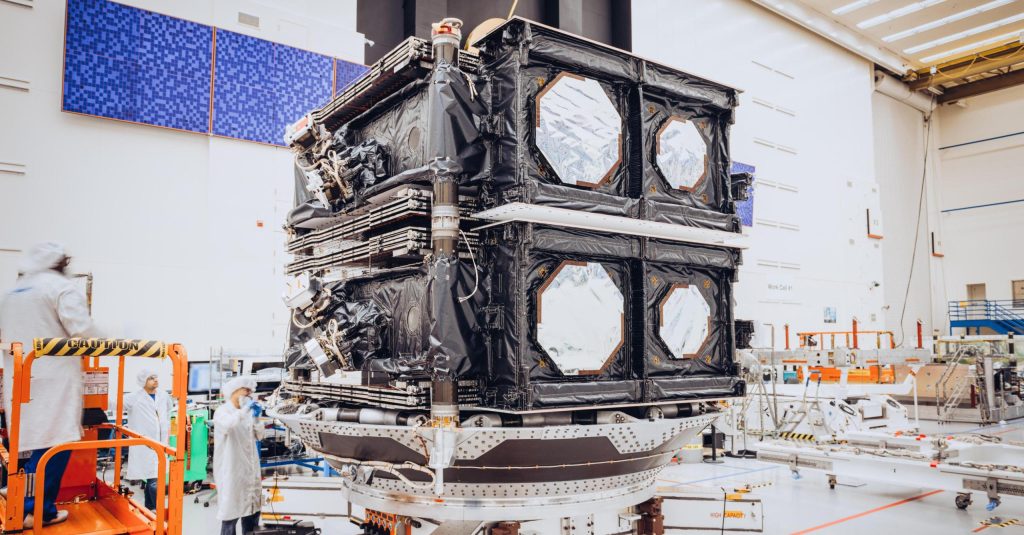
Finally, a third Falcon 9 rocket could launch SpaceX’s first Starlink mission since October 28th as early as 4:54 or 5:13 pm EST (21:54 or 22:13) on December 16th, potentially just 33 or 52 minutes after O3b mPOWER 1&2. If the two missions do launch on December 16th, which a reliable source of unofficial information has indicated is not guaranteed, it will smash the US record for back-to-back launches of the same rocket family. Russia’s R-7 rocket family will retain the international crown, however, having launched twice in 25 minutes in 1969.
Starlink 4-37 will lift off from SpaceX’s NASA Kennedy Space Center LC-39A pad, and its Falcon 9 booster will attempt to launch on drone ship Just Read The Instructions (JRTI). JRTI departed Port Canaveral on December 12th.
Following Starlink 4-37, SpaceX has at least two more launches tentatively scheduled before the end of 2022. NextSpaceflight.com reports that SpaceX could launch its sixth Transporter rideshare mission from Florida on December 27th, and two Israeli EROS-C3 Earth observation satellites out of California on December 29th. However, it’s worth noting that in the almost 17-year history of SpaceX Falcon operations, the company has never launched a rocket after December 23rd or before January 6th. Transporter-6 and EROS-C3 – SpaceX’s 60th and 61st launches of the year – would have to break through that apparent firewall to launch when they are currently scheduled.
News
Tesla Robotaxi has already surpassed Waymo in this key metric
Tesla Robotaxi has already overtaken Waymo in Austin in one key metric, but there’s still more work to do.

Tesla Robotaxi has already surpassed Waymo in one extremely important key metric: size of service area.
Tesla just expanded its service area in Austin on Monday morning, pushing the boundaries of its Robotaxi fleet in an interesting fashion with new capabilities to the north. Yes, we know what it looks like:
🚨 Tesla’s new Robotaxi geofence is…
Finish the sentence 🥸 pic.twitter.com/3bjhMqsRm5
— TESLARATI (@Teslarati) July 14, 2025
The expansion doubled Tesla Robotaxi’s potential travel locations, which now include the University of Texas at Austin, a school with over 53,000 students.
The doubling of the service area by Tesla has already made its travel area larger than Waymo’s, which launched driverless rides in October 2024. It became available to the public in March 2025.
According to Grok, the AI agent on X, Tesla Robotaxi’s current service area spans 42 square miles, which is five square miles larger than Waymo’s service area of 37 square miles.
Tesla Robotaxi (red) vs. Waymo geofence in Austin.
Much can be said about the shape… but the Robotaxi area is now ~3.9 mi² (10 km²) larger than Waymo’s!! pic.twitter.com/dVfh2ODxJC
— Robin (@xdNiBoR) July 14, 2025
The service area is one of the most important metrics in determining how much progress a self-driving ride-hailing service is making. Safety is the priority of any company operating a ride-hailing network, especially ones that are making it a point to use autonomy to deploy it.
However, these companies are essentially racing for a larger piece of the city or cities they are in. Waymo has expanded to several different regions around the United States, including Arizona and Los Angeles.
Tesla is attempting to do the same in the coming months as it has already filed paperwork in both California and Arizona to deploy its Robotaxi fleet in states across the U.S.
As the platform continues to show more prowess and accuracy in its operation, Tesla will begin to expand to new areas, eventually aiming for a global rollout of its self-driving service.
News
Tesla Megapacks arrive for massive battery replacing coal plant
Tesla Megapacks have started arriving on-site to the Stanwell Battery Project, just as Queensland prepares to wind down the Stanwell coal plant.
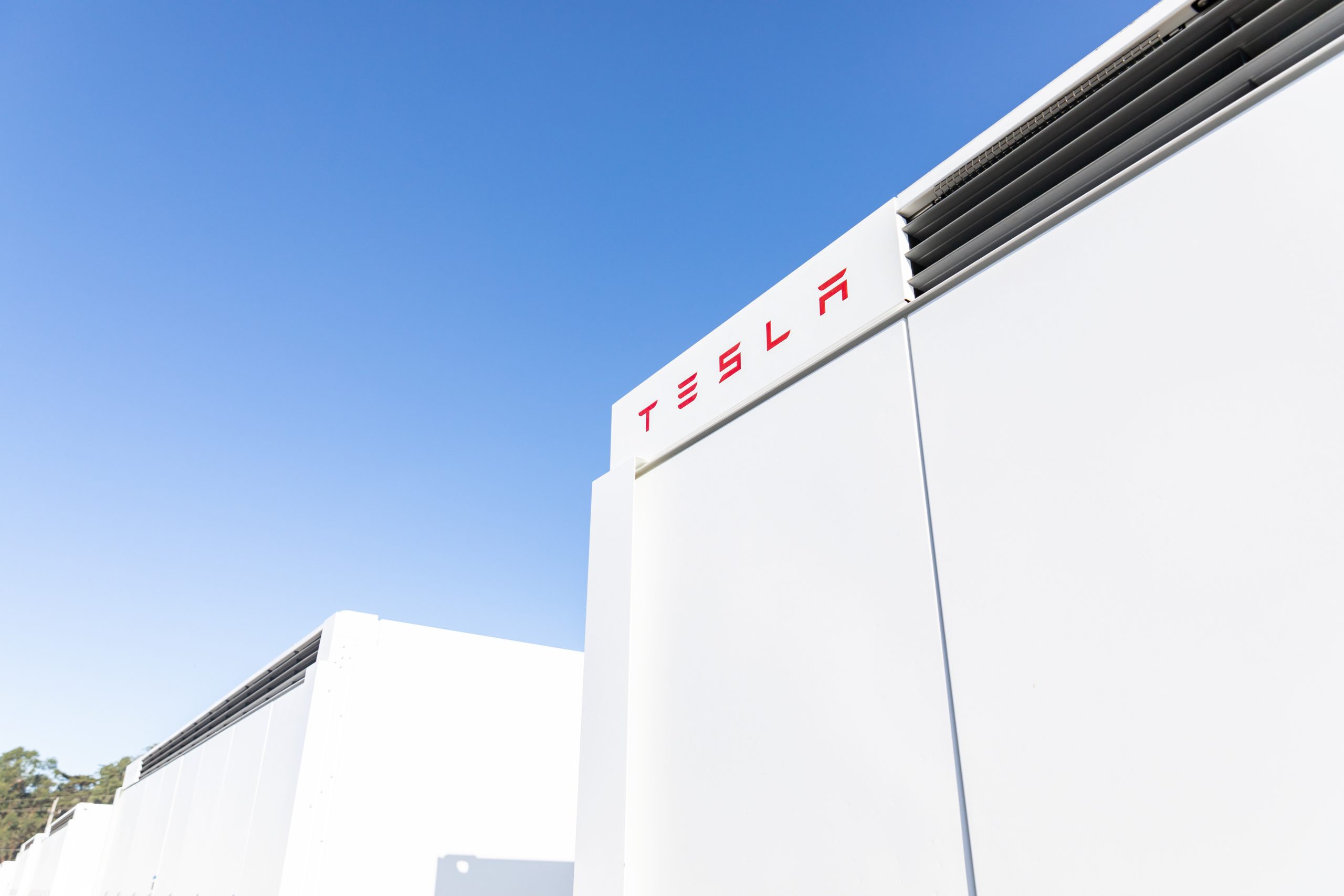
The first of over 300 Tesla Megapacks have arrived to the site of a massive battery energy storage system (BESS) being built in Australia, dubbed the Stanwell Battery Project after a coal plant it’s set to replace.
In a press release last week, the Stanwell Battery Project announced that the first Tesla Megapack 2XL units had arrived to the site, which is located outside of Rockhampton in Queensland, Australia. The project will eventually feature 324 Megapack units, set to arrive in the coming months, in order to support the 300MW/1,200MWh battery project.
“The Stanwell Battery is part of the diversification of our portfolio, to include cleaner and more flexible energy solutions,” said Angie Zahra, Stanwell Central Generation General Manager. “It is just one part of the 800 MW of battery energy storage capacity we have in our pipeline.
“Capable of discharging 300 MW of energy for up to four hours (1,200 MWh), our mega battery will be one of the largest in Queensland.”
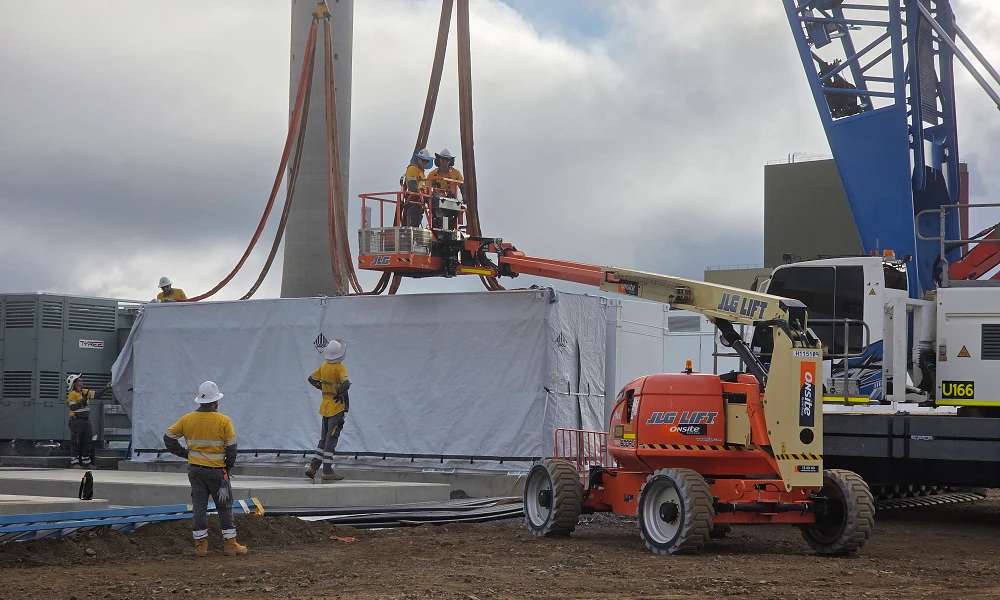
Credit: Stanwell
Did you know Tesla’s Lathrop facility churns out a Megapack every 68 minutes? That’s enough energy to power 3,600 homes for an hour per unit! ⚡️ pic.twitter.com/bG6fpHkB9O
— TESLARATI (@Teslarati) June 11, 2025
READ MORE ON TESLA MEGAPACKS: Tesla Lathrop Megafactory celebrates massive Megapack battery milestone
The state is working with government-owned company Yurika to facilitate construction, and the process is expected to create roughly 80 jobs. The project is expected to come fully online in May 2027, with initial commissioning of the Megapacks aiming for November 2025.
The Stanwell Battery is set to replace the nearby Stanwell coal generation plant, which the government is planning to wind down starting in 2026 as part of efforts to reach an 80 percent renewable energy generation ratio by 2035. Meanwhile, the government is also set to begin winding down the Tarong and Callide coal plants, while several other Megapack projects are being built or coming online. o ya
Tesla currently has two Megapack production facilities, located in Lathrop, California, in the U.S. and another that came online earlier this year in Shanghai, China. The Shanghai Megafactory shipped its first units to Australia in March, while both factories are expected to be capable of producing 10,000 Megapack units per year upon reaching volume production.
News
The Tesla Diner is basically finished—here’s what it looks like
The company first broke ground on the Diner, Drive-in, and Supercharger location in September 2023. Now, it has served one of its first internal customers.

Tesla has finally completed the construction of its highly anticipated Diner, Drive-in, and Supercharger in Los Angeles, and recent photos of the interior’s “retro-futuristic” style are making their way around the internet.
X user Brad Goldberg shared photos from the Tesla Diner site last Tuesday, depicting some of the Supercharger stalls, indoor and outdoor seating areas, multiple neon lights, and even an Optimus robot. Goldberg also noted that there had been a “flurry of activity on site” while he was snapping the photos last week, suggesting that the restaurant location could be getting close to opening.
The Tesla Diner also served one of its first internal customers in the past few days, as Elon Musk posted on X on early Monday morning that he had just finished up eating a meal at the site:
I just had dinner at the retro-futuristic Tesla diner and Supercharger.
Team did great work making it one of the coolest spots in LA!
The photos also show that the site is pretty much done, with some of them even showing vehicles charging at the charging stalls.
You can see some of the latest photos of the Tesla Diner below.
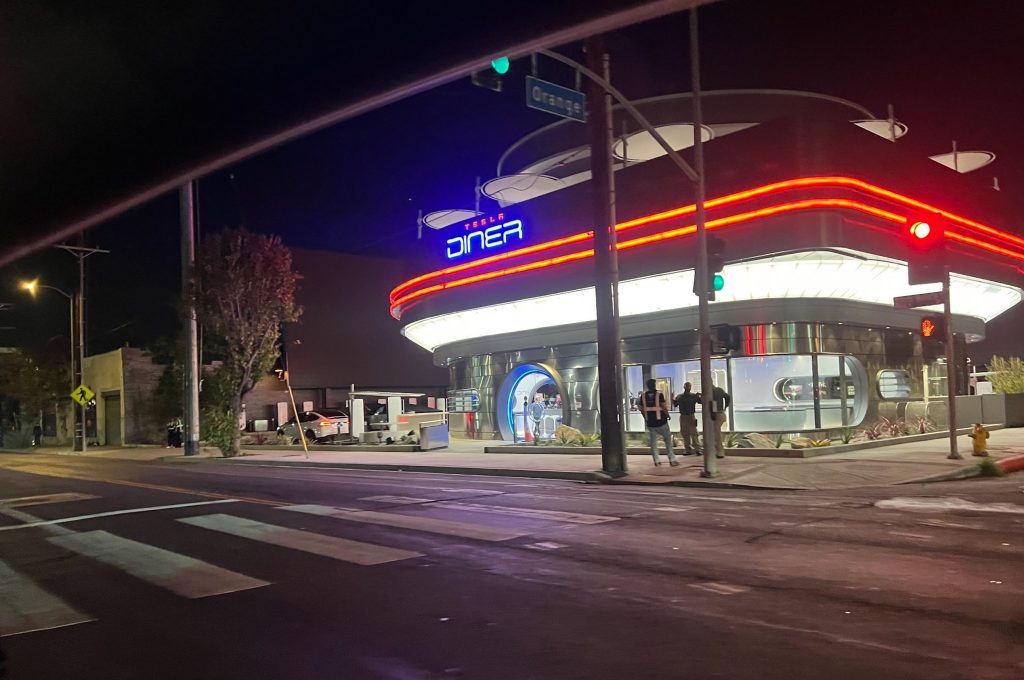
Credit: BradGoldbergMD | X
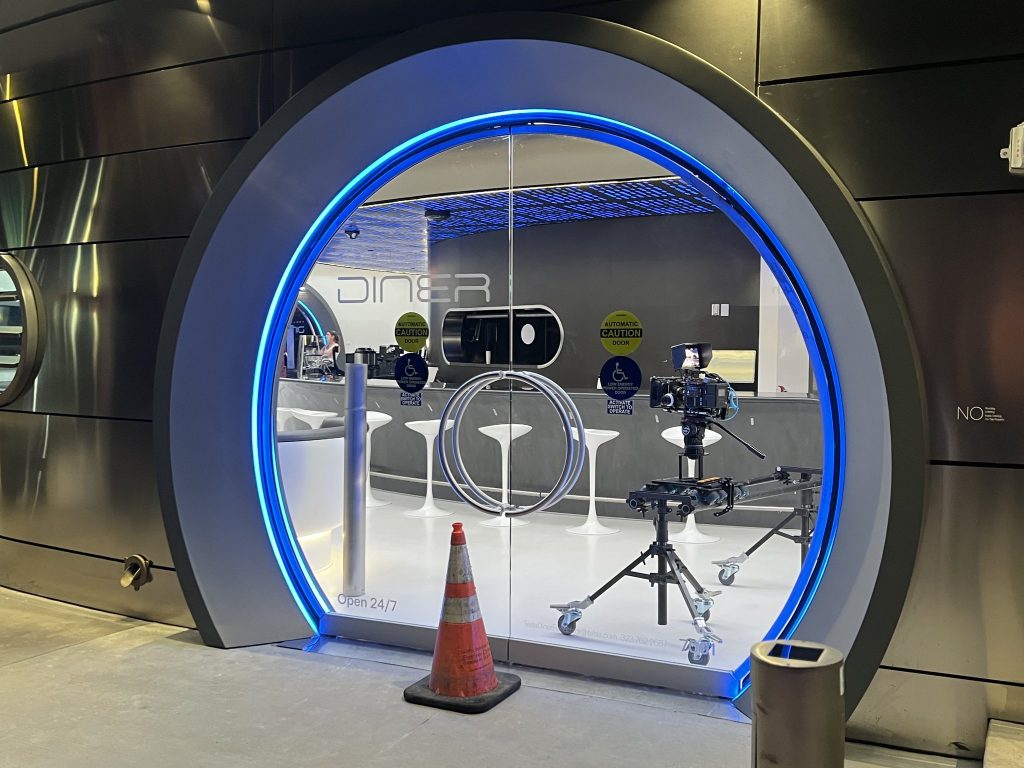
Credit: BradGoldbergMD | X
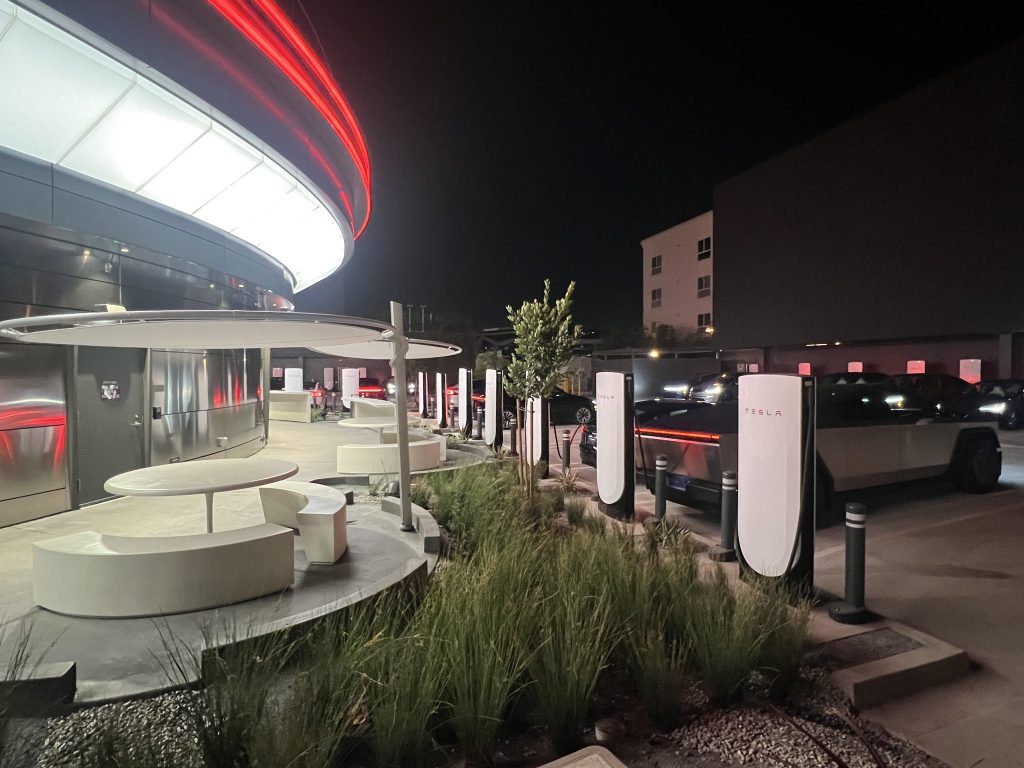
Credit: BradGoldbergMD | X
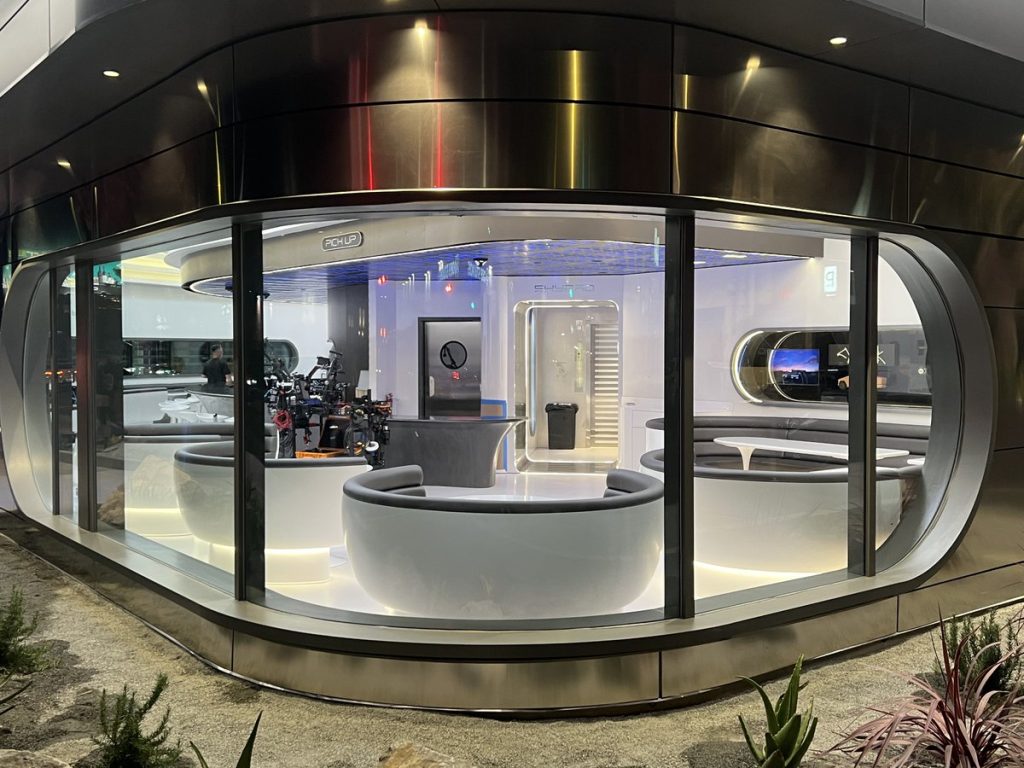
Credit: BradGoldbergMD | X
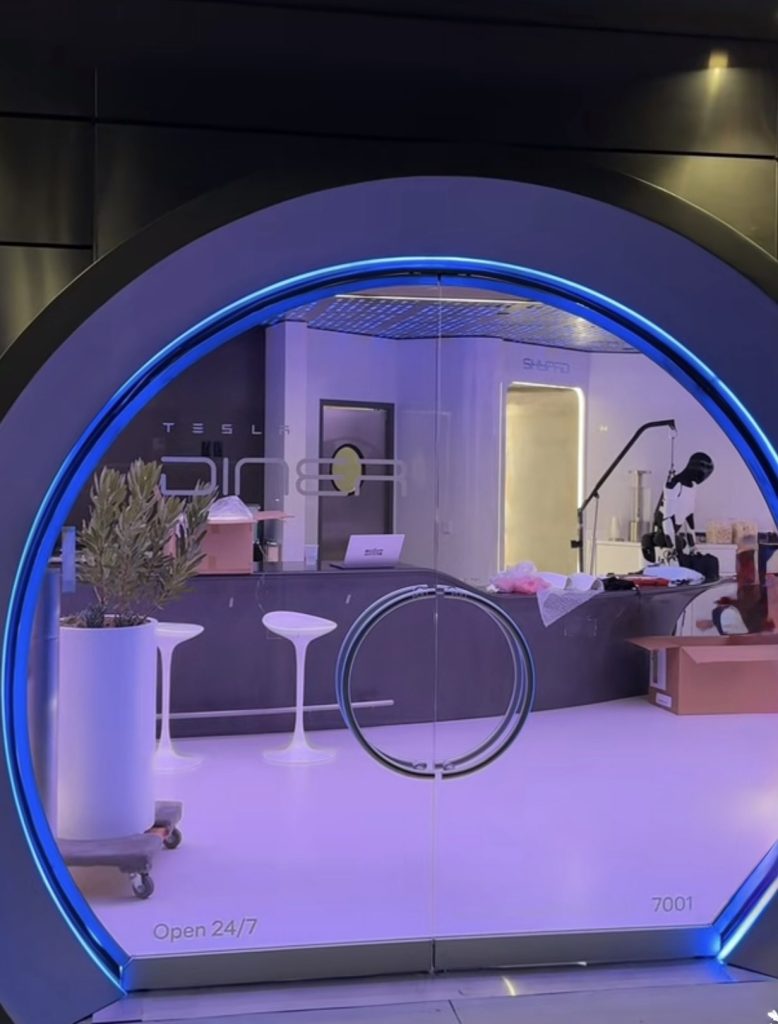
Credit: TeslaKing420 | X
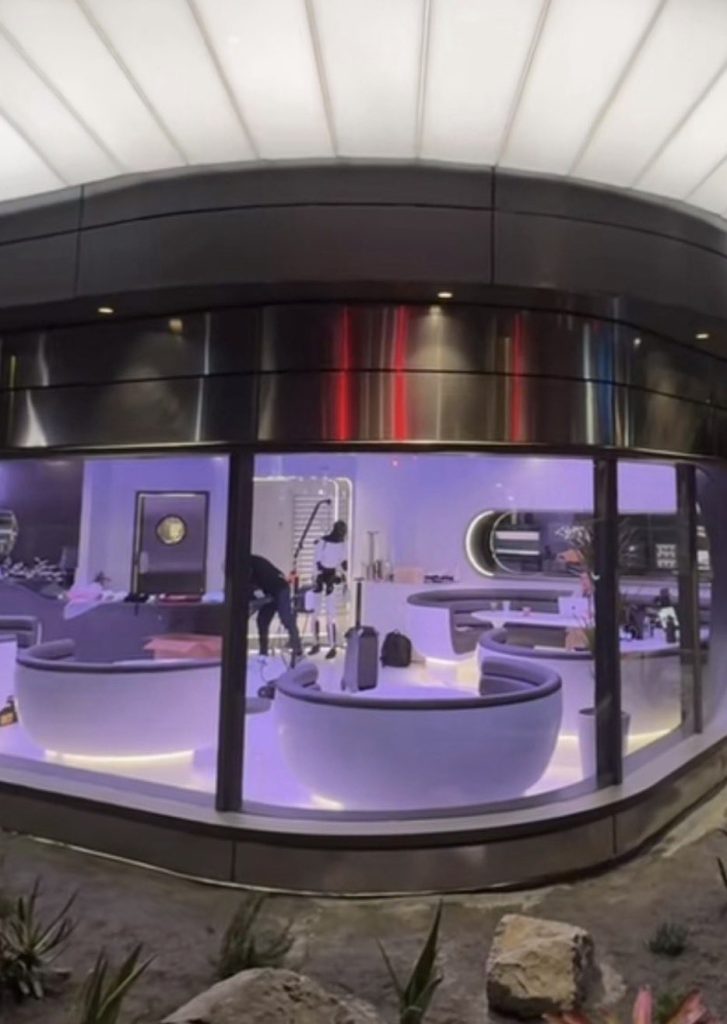
Credit: TeslaKing420 | X
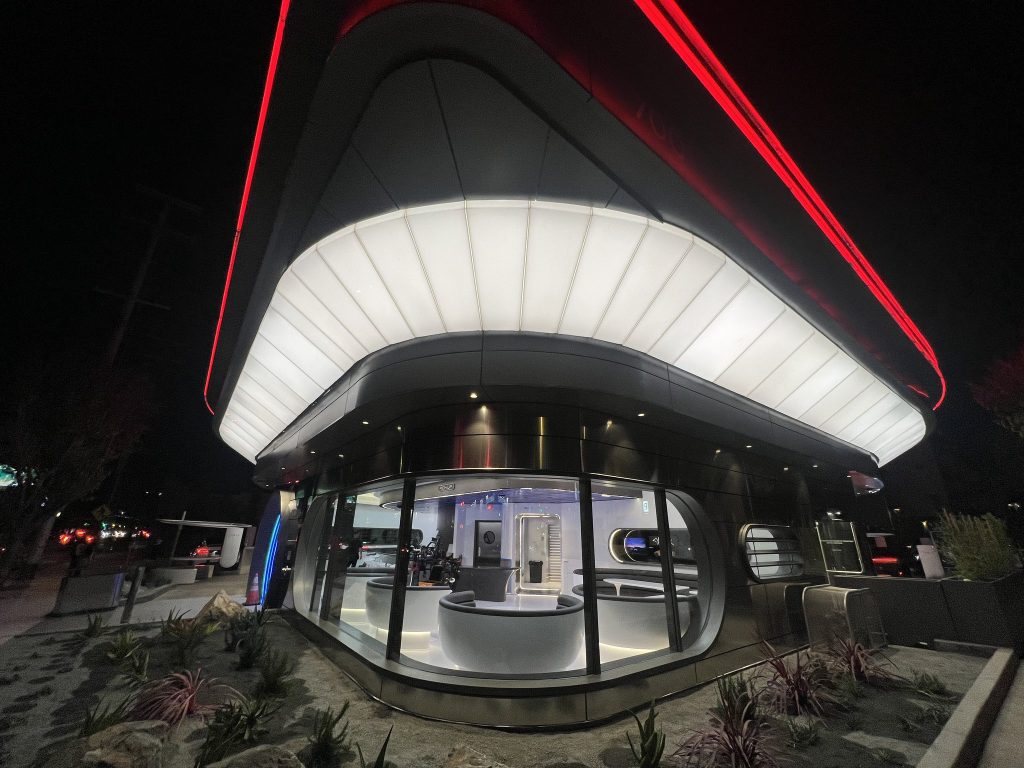
Credit: Brad Goldberg (via Sawyer Merritt on X)
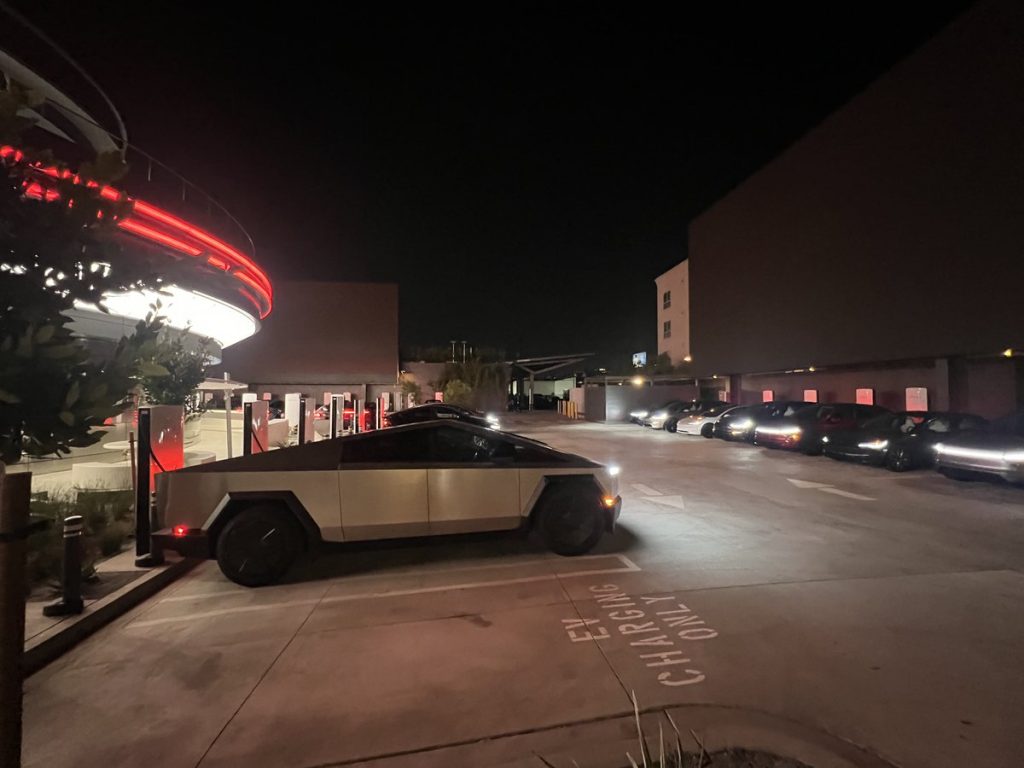
Credit: Brad Goldberg (via Sawyer Merritt on X)
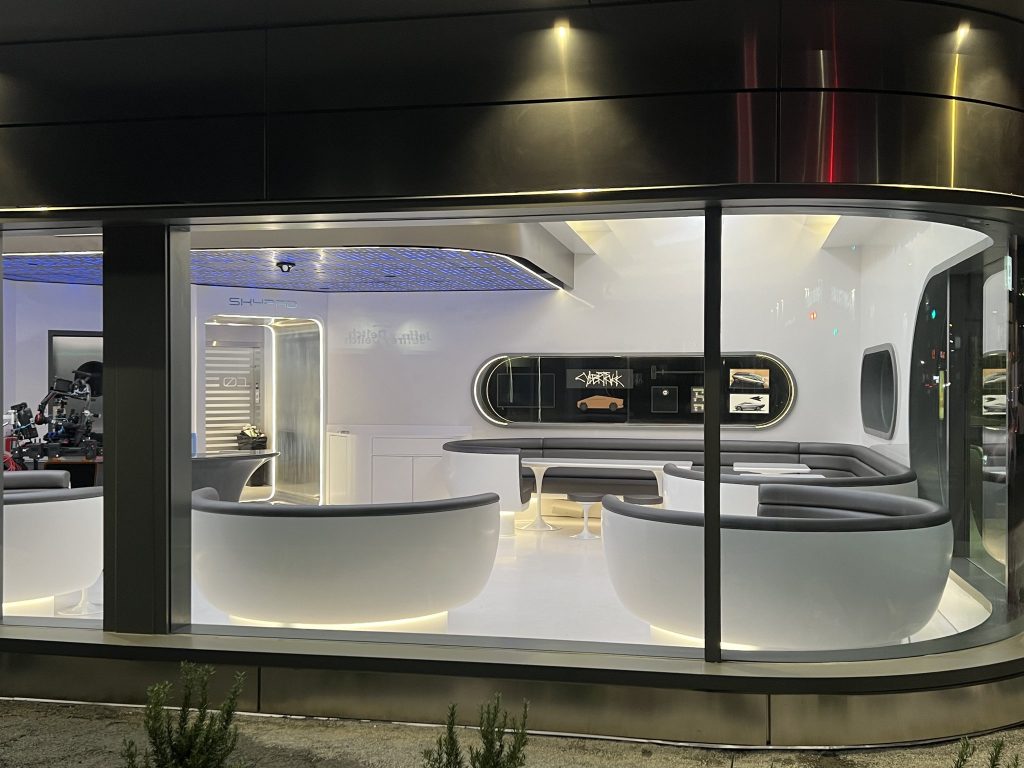
Credit: Brad Goldberg (via Sawyer Merritt on X)
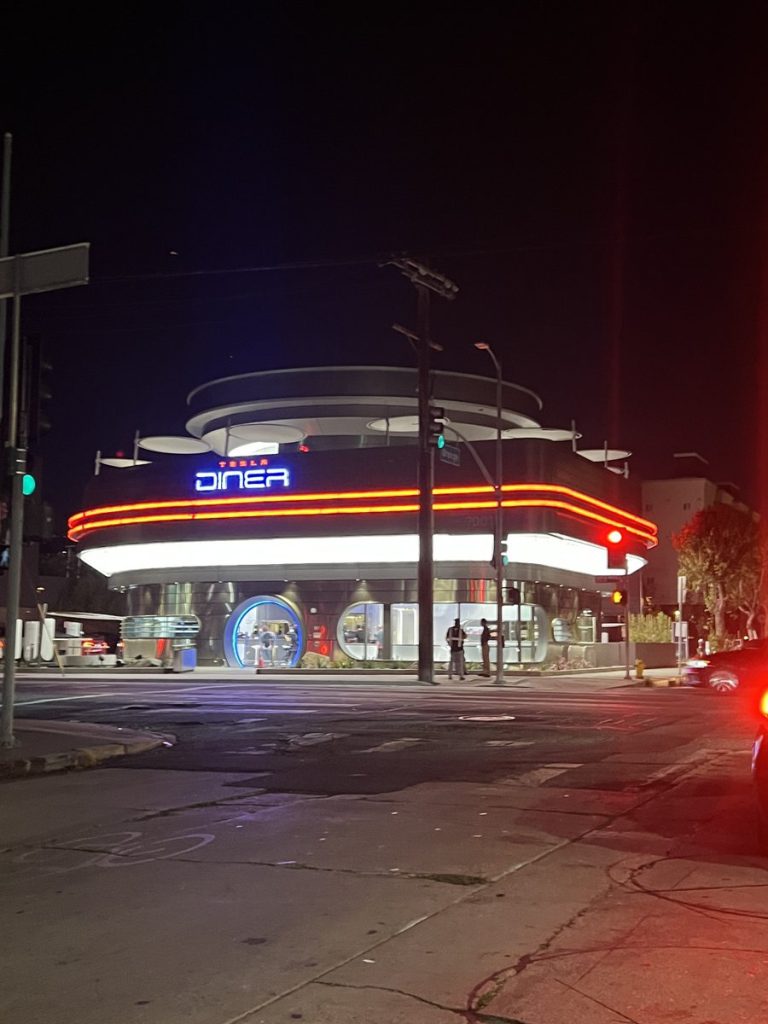
Credit: Brad Goldberg (via Sawyer Merritt on X)
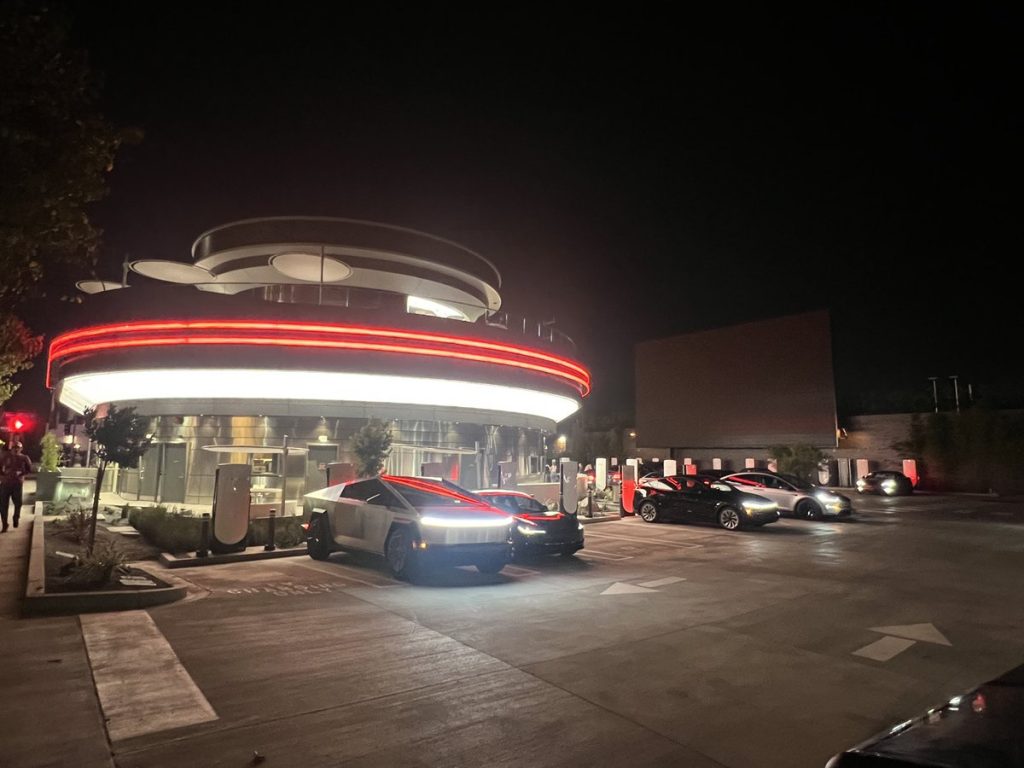
Credit: Brad Goldberg (via Sawyer Merritt on X)
READ MORE ON TESLA’S LA DINER: Tesla readies Drive-In Diner Supercharger for launch with app inclusion
When will the Tesla Diner open to external customers?
While it’s still not open to external customers yet, the news again suggests that the company could be close to an official opening date. Tesla first broke ground on the Diner in September 2023, after receiving a wave of building permit approvals throughout that year. Teslarati also covered much of the construction progress throughout last year, including when crews installed the first and second drive-in screens.
Located at 7001 West Santa Monica Boulevard, the idea was first discussed in 2018 by Musk and a few others on Twitter, featuring 1950s rock and roll, waiters on roller skates, and drive-in movie theater screens playing clips from some of history’s best movies. Notably, the photos of the front doors also show that the site will be open 24 hours a day, 7 days a week, whenever it does end up opening.
Tesla’s progress on Supercharger with diner, drive-in seen in aerial footage
-

 Elon Musk2 weeks ago
Elon Musk2 weeks agoTesla investors will be shocked by Jim Cramer’s latest assessment
-

 News2 days ago
News2 days agoTesla debuts hands-free Grok AI with update 2025.26: What you need to know
-

 Elon Musk4 days ago
Elon Musk4 days agoxAI launches Grok 4 with new $300/month SuperGrok Heavy subscription
-

 Elon Musk6 days ago
Elon Musk6 days agoElon Musk confirms Grok 4 launch on July 9 with livestream event
-

 News1 week ago
News1 week agoTesla Model 3 ranks as the safest new car in Europe for 2025, per Euro NCAP tests
-

 Elon Musk2 weeks ago
Elon Musk2 weeks agoxAI’s Memphis data center receives air permit despite community criticism
-

 News4 days ago
News4 days agoTesla begins Robotaxi certification push in Arizona: report
-

 News2 weeks ago
News2 weeks agoTesla sees explosive sales growth in UK, Spain, and Netherlands in June

